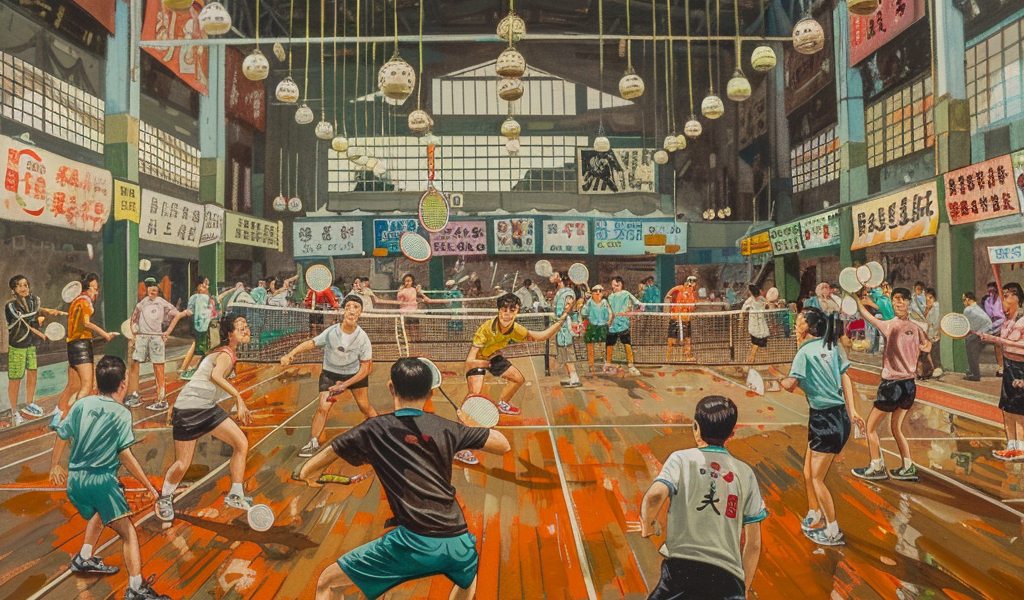In recent weeks, a notable shift in the badminton equipment market has emerged in China, primarily attributed to the rising demand for pork. Major shuttlecock manufacturers, including prominent brands like Double Happiness, Yonex, Victor Sport, and Lingmei, have announced price hikes of at least 20%. This increase has been directly linked to a decline in the availability of raw materials necessary for shuttlecock production, particularly feathers, which are increasingly scarce due to changing consumer preferences in the meat industry.
Liu Zengjin, a researcher at the Institute of Agricultural Science and Technology Information, has highlighted that the growing popularity of pork over traditional options like goose and duck meat has led to a significant reduction in the supply of feathers. This scarcity is impacting the production costs for shuttlecocks, making them more expensive for consumers.
Despite the surge in prices for high-quality shuttlecocks, data from Taobao indicates that the costs for lower-quality alternatives have remained stable. However, badminton experts caution that these budget options do not offer the same performance benefits. This discrepancy can hinder the learning process for new players, particularly students who rely on quality equipment to develop their skills.
The ongoing price increases have sparked discussions among badminton enthusiasts, many of whom have taken to social media to express their concerns. Some players are lamenting that badminton is becoming a sport primarily accessible to the affluent, as many are now forced to opt for second-tier brands that may not meet their performance expectations.
Badminton holds a special place in the hearts of many in China, being one of the country’s most popular sports. The ripple effects of the current economic climate are being felt across various demographics, impacting both young players and seasoned athletes alike. The community is now faced with the challenge of navigating these changes while maintaining their passion for the sport.
In a lighthearted suggestion, some have humorously proposed that the solution to this issue might lie in encouraging a return to goose and duck consumption, which could help stabilize feather availability and, in turn, shuttlecock prices.
As the badminton community grapples with these developments, the interplay between consumer habits and sports equipment pricing continues to unfold, raising questions about accessibility and the future of badminton in China.
For more updates on the evolving landscape of sports in China, stay tuned for the latest news and insights.





